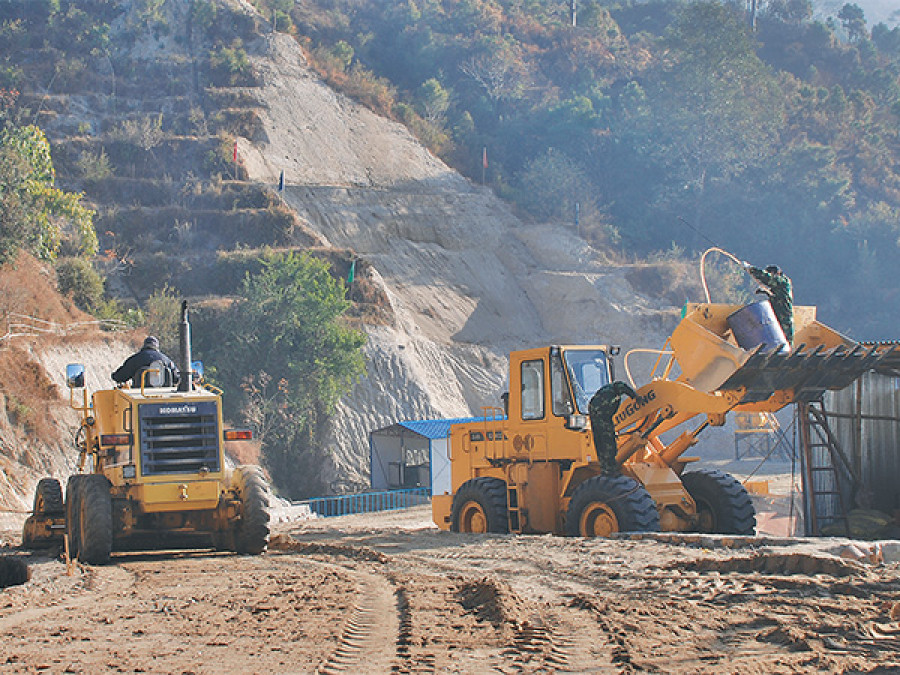National
Government seeks to curb multi-year contracts for small projects
Awarding multi-year contracts to implement low-priority projects under political pressure has strained the state coffers, officials say.
Post Report
The government has taken steps to discourage the practice of awarding multi-year contracts for smaller projects. While multi-year contracts are common in mega projects, the current rules, which permit such contracts for smaller projects too, have resulted in an accumulation of projects enjoying seamless funding. This has in turn has piled pressure on the state treasury, officials said.
Multi-year contract refers to the entire project period in case of national pride projects, and more than two fiscal years and up to three fiscal years for other projects.
In a recent amendment to the Standards on Approval for Multi-Year Contract-2023, the government introduced a clause to prohibit projects with initial budgetary allocation of less than Rs10 million from applying for resource guarantee.
As per the standards prior to the amendment, a project generally qualified for implementation under a multi-year contract if it was included in the National Project Bank and carried an estimated cost of over Rs500 million. And when it came to constructing a government building or procuring services, the minimum estimated cost of the project for eligibility for a multi-year contract was Rs200 million.
Nevertheless, government officials say many projects with estimated costs below Rs500 million were still granted multi-year contracts.
“But there are several projects being implemented under multi-year contracts though their estimated costs are less than the threshold,” said Sushil Babu Dhakal, director general at the Department of Roads.
Generally, lawmakers want their pet projects to be executed as multi-year projects, leading to a rise in the number of such projects, he added.
Talking about these problems, Tulasi Prasad Sitaula, former secretary at the ministry of physical infrastructure, says how this could impact high-priority projects. “With resources guaranteed for low-priority projects, those highly prioritised face resource crunch.”
“The government already has a huge liability coming from projects under multi-year contracts. In the road sector, liability from multi-year contracts has already reached the level of annual budgetary allocation for two to three fiscal years.”
But even the amended standards still do not fully close the door for projects whose estimated costs are lower than the stipulated amounts to be implemented under multi-year contracts.
As per the standards, projects related to transport infrastructure; hydropower and irrigation; information technology and communication; trade- and industry-related infrastructure; tourism, sports and drinking water; and science and technology, among others, can be awarded multi-year contracts.
Officials and experts said there is a tendency to put even low- priority projects under the multi-year contract category.
The concept of multi-year contracts was introduced to cut the red tape in the contract process of big projects. The process of preparing documents and awarding contracts takes a long time. The multi-year contract system is supposed to save that time.
“If a highly prioritised project is implemented under a multi-year contract, even an increased liability that is created will not be bad for the country,” said Dhakal. “But it is a problem when a multi-year contract is awarded for low-priority projects.”
The amended set of standards also extends the deadline to mid-February next year for submitting project proposals to the finance ministry for multi-year contract approval. Under previous rules, such proposals should have been submitted by mid-November.
A project that has secured resources for a multi-year contract can now start the procurement process by mid-April 2024 as per the amendments. The earlier deadline was mid-December.




 10.12°C Kathmandu
10.12°C Kathmandu












%20(1).jpg&w=300&height=200)

